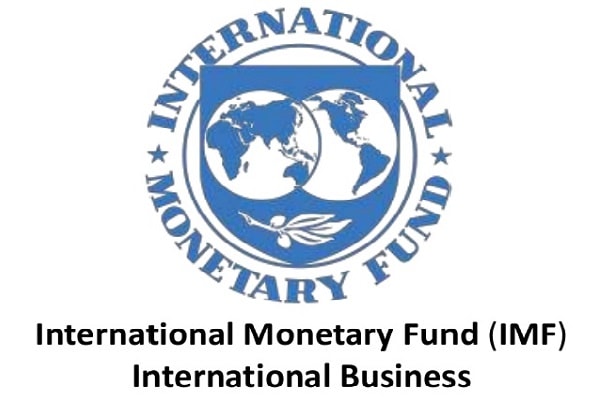India’s Gross Domestic Product (GDP), the worth of the economy, clocked in at $2.6 trillion for 2017, according to the database of the International Monetary Fund’s World Economic Outlook (WEO) for April 2018.
That is well over the $2.5 trillion milestone that supposedly separates big economies from pretenders.
India is now the world’s sixth largest economy, displacing France. The five economies ahead are the United States, China, Japan, Germany and United Kingdom.
“This is a landmark development for India,” said an official in the finance ministry in New Delhi, and insisted that though it might look symbolic, implications were more far-reaching than immediately apparent.
“These horse races and their numbers matter and work to shape opinion, and more importantly we hope, influence investment decisions,” the official added.
The ongoing spring meetings of the World Bank-IMF group have brought a steady stream of good news for India, with, it must be acknowledged, the necessary and repetitive caveats, admonitions and prescriptions, such as the dire need for reforms in labour laws (read allow easy exit for failing enterprises, a key trigger for innovation) and land acquisition.
Both the World Bank and IMF have said in their respective reports and projections that India has finally overcome the adverse impact of the predictably but needed measures to demonetise the economy and introduce a unified system of taxation for goods and services, no matter how disruptive they were.
The Fund acknowledged the Indian turnaround but kept its growth forecast unchanged to 7.4% for 2018 — and 7.8% in 2019, up from 6.7% in 2017.
The World Bank was more bullish — forecasting growth from 6.7% in 2017 to 7.3% in 2018 and to subsequently stabilise at 7.5% in 2019 and 2020.
It went on to conclude that the Indian economy had not only recovered but had made up enough ground to catapult South Asia to the top of the chart as the world’s fastest growing region. Again.
In the GDP horse race, France is projected to make up the loss to India, by a very narrow margin, and recover the sixth slot in 2018 relegating India to the seventh position it has held for a few years now, with $2.9 trillion to India’s $2.8 trillion — separated narrowly as it would be economies of this size by billions.
But Indian officials said they were confident India would hold on to the present position — number sixth — despite the dynamic nature of the GDP projections — based on a certain calculation factoring local prices and the US dollar exchange rate.
Year 2018 appeared to be up in the air based on the same IMF numbers and projections. But 2019 was clearly in the blue corner. India is projected to cross the $3 trillion mark then, overtaking both France and Britain for the prized slot in the top five economies — as the fifth largest.








